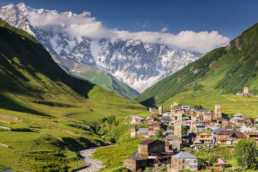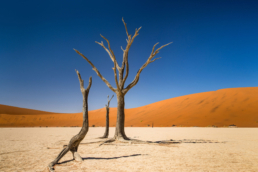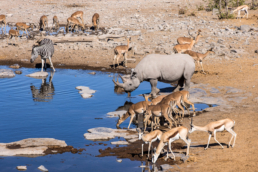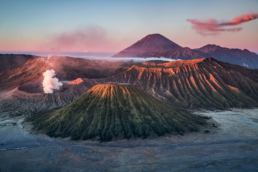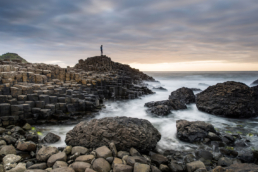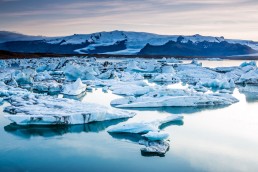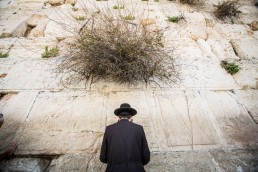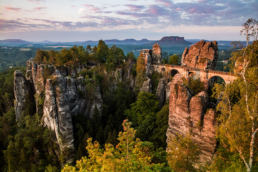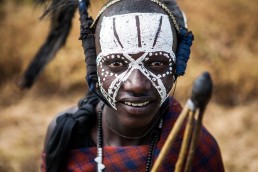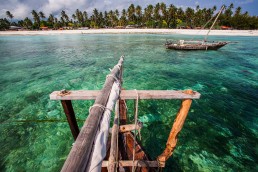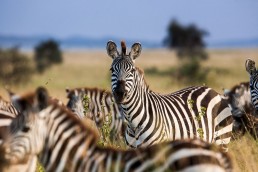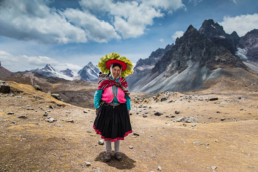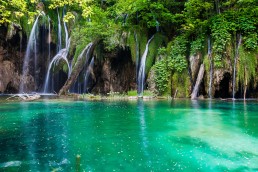
Many years ago, I used to work on a sailing ship off the coast of Costa Rica, spending an entire summer visiting the coastal region of this lush Central American country. But it was the summer and that meant lots of rain and harder to get around. On my most recent trip, I decided to visit in the month of January, right after the rainy season when the landscapes were extremely green and waterfalls were at their full potential.
Poas Volcano and the lush highlands of Alajuela
I picked up my rental car from San Jose airport and took off into the Alajuela province. As soon as you leave the busy city, the landscape becomes lush as you slowly make your way into the highlands of Costa Rica. There are tons of things to do in this area, from great hikes to white water rafting and birding. For me, the first stop in my Costa Rica trip was the Poas Volcano. This volcano is often covered in clouds in the afternoon, so make sure to go early in the morning to see the crater. It’s an easy hike from the parking lot up to the caldera viewpoint, from which you can see inside this volcano. The sulphur makes the water inside the caldera turn different colors and the smells are quite strong. Poas is still active and has one of the world’s largest calderas.
For an exact location where the photo was taken, you can save the photo or hover over it.





Blue Falls and Del Toro waterfalls
Costa Rica is known for its many waterfalls. One of the most impressive ones is the Del Toro waterfall, dropping an impressive 90 meters. The views from the top are spectacular!
What many don’t know is that not too far from the Del Toro waterfalls lies the Blue Falls. There’s a clearly marked trail that takes you along all the different falls. Enjoy the views of a double waterfall or even a horseshoe bend in the turquoise waters.







La Fortuna: Arenal volcano, sloths and more wildlife
Next on my trip was the town of La Fortuna. The town itself is nothing special, but it’s a great location to base yourself for a couple of days to see the impressive Arenal volcano and some of Costa Rica’s wildlife.
The Bogarin trail right outside of town offers a great place to see sloths roam around freely in the tree canopies. Sloths move very slowly, so seeing them in action takes a lot of patience. In fact, they come down once a week to do their business, so you really have to be lucky to see them up close. Luck was on my side as I patiently watched these gentle animals climb from branch to branch. Spending the day looking for sloths was a true highlight for me, watching them go about their daily lives in slow-motion. What amazing animals they are, and I got to see them from very close by and quite a few too!
The jungles in this area boast a lot more wildlife than just sloths. Along the roads, you can find coatis, curious nose bears, that are scavenging for food. There are also ample opportunities for bird photography and I got to see quite a lot of colorful birds.













Volcan Tenorio National Park: Celeste waterfalls
Further north, the Volcan Tenorio National Park draws big crowds. In particular to see the Rio Celeste waterfall, a waterfall that has a celeste color, due to the minerals in the area and is truly picture perfect. The many hiking trails in this national park take you along the colorful river that flows through the park and again there’s a lot of wildlife. I spotted several snakes and frogs along the route.






Bijagua: Sloths and toucans
Close to the Volcan Tenorio National Park, in the Bijagua province, you have another chance to spot sloths in the wild. Bijagua is also a great place to spot toucans, more frogs and even the elusive Tapir. Unfortunately I didn’t spot one, so I might have to come back one day as I’d love to see one in the wild. When visiting, make sure you visit one of the wildlife sanctuaries where the animals roam free, as there’s also quite some zoo-like experiences that should not be visited. Costa Rica is a wildlife paradise and you should only see these animals in their true habitat, the wild.







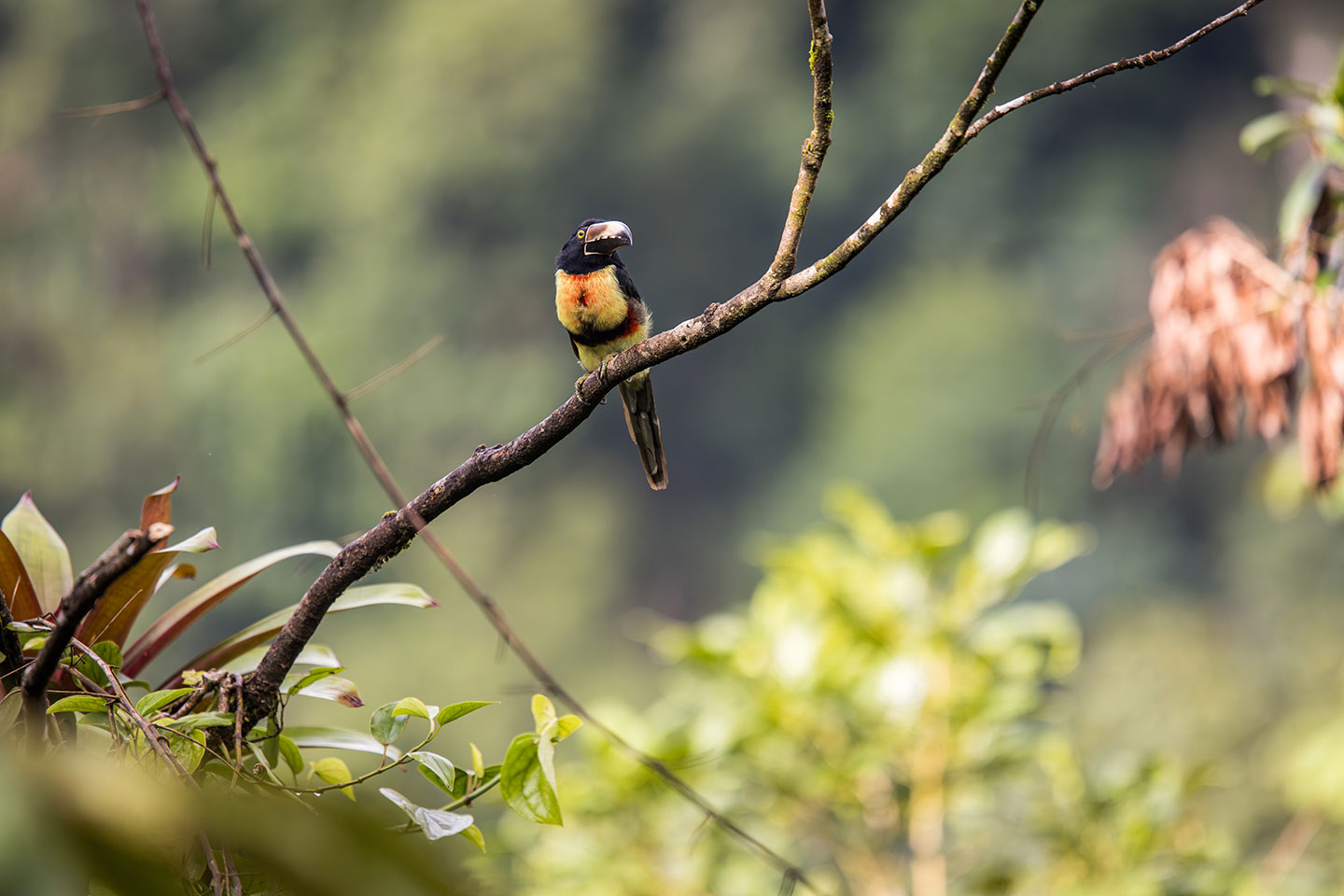



Tarcoles crocodile river and Manuel Antonio National Park
It was time to leave the lush rainforest in the north and make my way down the pacific coast. A major stop on the way down is the Tarcoles river, where many American crocodiles bask in the sun, waiting to go hunting. As I was watching these crocodiles looking for prey, I heard a lot of noise in the trees next to me. All of a sudden, a couple of beautifully colored Scarlet Macaws flew into the tree to feed on almonds!
I got back in my car and entered Manuel Antonio National Park. Here, you can walk across an elevated boardwalk through the mangrove forest, before ending up on the beautiful beaches on the coast. Palm trees, pristine beaches and calm waters make it the perfect setting to relax with a coconut in your hand. I even managed to spot an agouti, a giant rodent as I left the park.


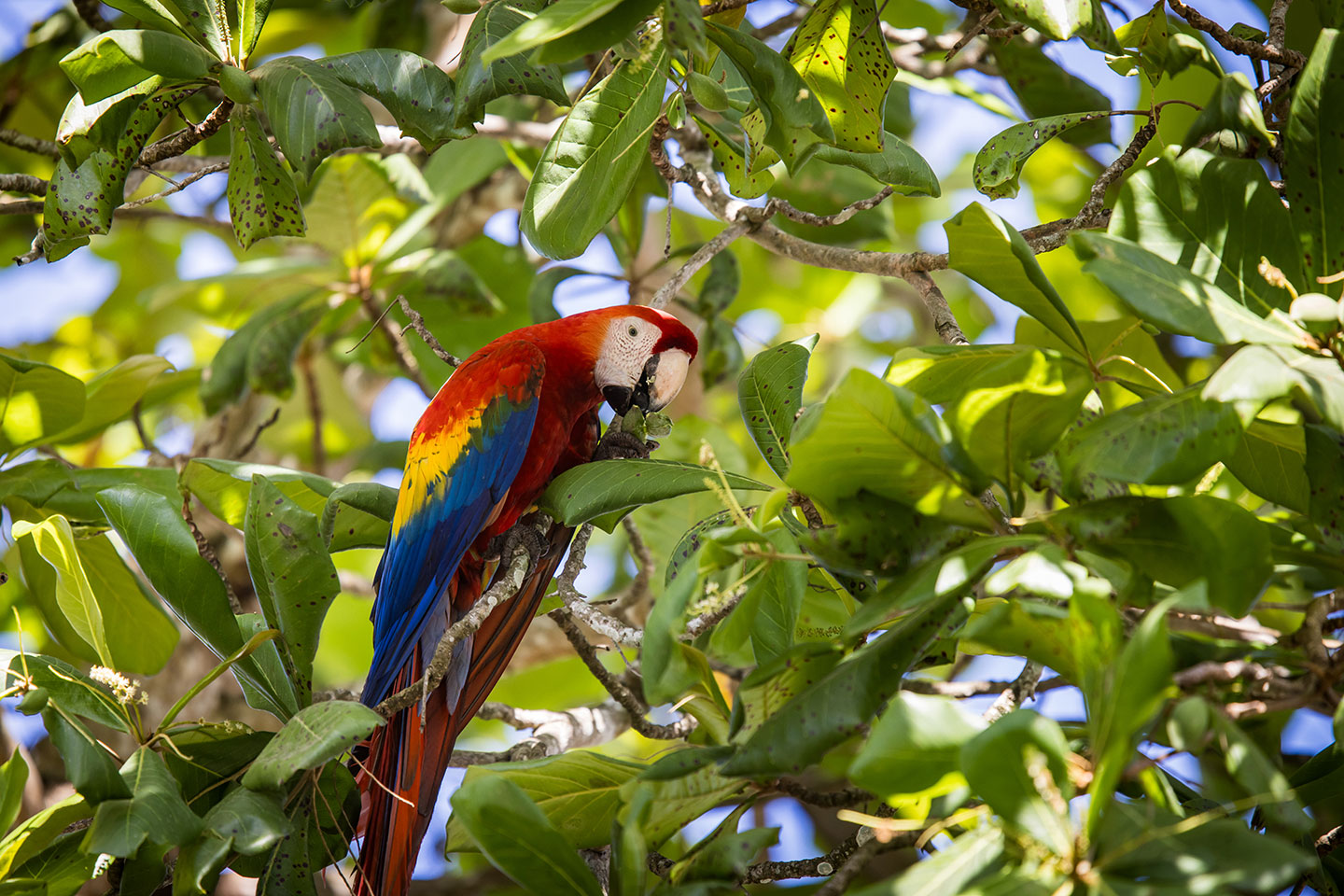










Nauyaca waterfalls
My trip to Costa Rica had almost come to an end, but before returning home, there was one waterfall on my list of places to see. The Nauyaca waterfalls. Off the beaten path, the Nauyacal waterfall has 2 drops and is located in the middle of the jungle. It’s a bit of a hike to get to these falls, but it’s so worth it. I got there early in the morning to see the first light hit the waterfalls, which was so beautiful. After that, I took advantage and jumped in the water to cool off. What a great way to end my trip through this beautiful Central-American paradise.


